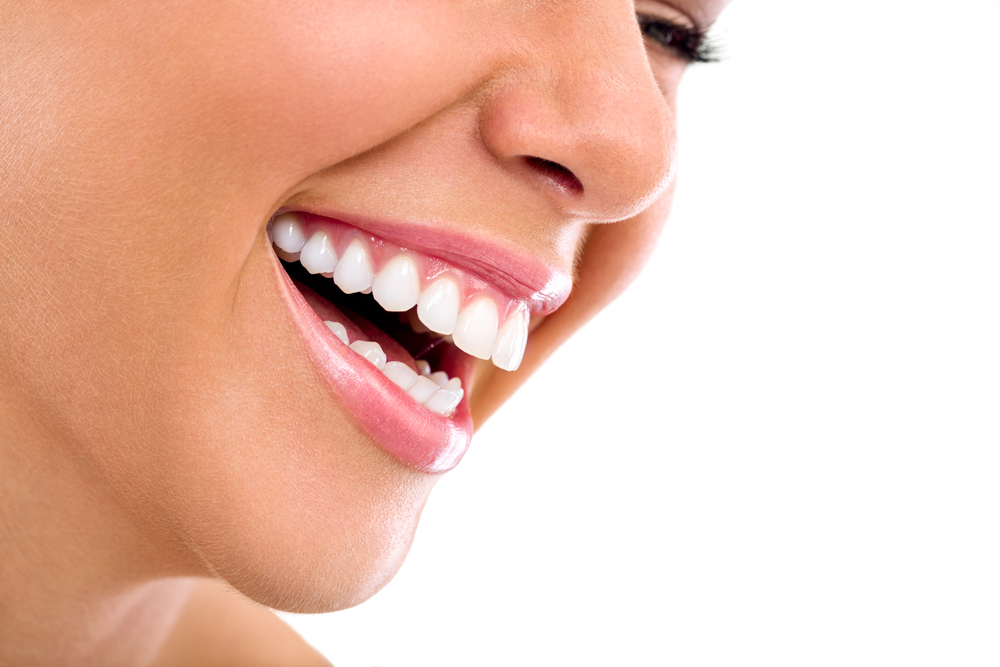In today’s digital age, social media has become a significant force in shaping beauty standards and influencing consumer behavior. Among the many trends that have emerged, one that stands out prominently is the growing demand for smile makeovers. With platforms like Instagram, TikTok, and YouTube filled with images of flawless smiles and perfect teeth, it’s no wonder that people are turning to cosmetic dentistry to achieve similar results. This article explores how social media influence has fueled the popularity of smile makeovers and transformed the cosmetic dentistry industry.
The Rise of the Perfect Smile on Social Media
Social media platforms have become a virtual showroom for aesthetic ideals, where influencers and celebrities showcase their lives—and, importantly, their appearances— to millions of followers. The power of social media influence cannot be underestimated, as it shapes not only what people wear and how they style their hair but also how they perceive their smiles. A bright, straight smile is now often seen as a symbol of health, success, and attractiveness, largely due to its portrayal on these platforms.
The desire for the “perfect smile” has led to a significant increase in the popularity of smile makeovers. A smile makeover typically involves a combination of cosmetic dental procedures, such as teeth whitening, veneers, bonding, and orthodontics, designed to enhance the appearance of one’s smile. These procedures are no longer just for celebrities or the wealthy; they have become accessible to a broader audience, thanks in part to the visibility and desirability created by social media.
The Influence of Social Media on Cosmetic Dentistry
Social media influence has played a crucial role in making cosmetic dentistry more mainstream. Influencers and celebrities often share their smile makeover journeys with their followers, providing detailed accounts of their experiences, the procedures they underwent, and the results. This transparency demystifies the process, making it more approachable for the average person. When followers see their favorite influencers undergo a smile makeover and witness the transformation, they may feel inspired to pursue similar procedures for themselves.
Additionally, the power of social media in promoting the cosmetic dentistry industry cannot be ignored. Dentists and dental practices are increasingly using platforms like Instagram to showcase their work. Before-and-after photos of smile makeovers are particularly popular, as they provide a visual testament to the transformative power of cosmetic dentistry. These images are often accompanied by detailed captions explaining the procedures, costs, and benefits, making the information more accessible and appealing to potential patients.
Moreover, social media allows for real-time interaction between dentists and potential patients. Many dental practices use their social media presence to engage with followers, answer questions, and provide educational content about different cosmetic procedures. This interactive approach helps build trust and rapport with potential clients, making them more likely to choose that practice for their smile makeover.
The Psychological Impact of Smile Makeovers
The desire for a perfect smile is not just about aesthetics; it also has psychological roots. A smile makeover can significantly impact a person’s self-esteem and confidence. Social media influence often amplifies this effect, as individuals compare their appearances to the seemingly flawless images they see online. The pressure to conform to these beauty standards can lead to a desire for cosmetic enhancements, including smile makeovers.
For many, the decision to undergo a smile makeover is driven by the belief that a better smile will lead to improved social and professional opportunities. This belief is not unfounded; studies have shown that people with attractive smiles are often perceived more positively by others. They are seen as more confident, approachable, and successful, which can translate into real-world advantages in both personal and professional settings.
However, it’s essential to approach smile makeovers with realistic expectations. While cosmetic dentistry can undoubtedly enhance one’s smile, it’s crucial to remember that the images seen on social media are often curated and filtered. The pursuit of perfection should not come at the cost of one’s mental health or financial well-being.
The Future of Cosmetic Dentistry in the Age of Social Media
As social media continues to evolve, so too will its influence on cosmetic dentistry trends. The demand for smile makeovers is likely to increase as more people seek to emulate the idealized images they see online. This trend presents both opportunities and challenges for the cosmetic dentistry industry.
On the one hand, the increased demand for smile makeovers is driving innovation in the field. Dentists are continually developing new techniques and technologies to meet the growing expectations of their patients. For example, advancements in digital dentistry, such as 3D imaging and computer-aided design, are making it easier for dentists to plan and execute precise, customized smile makeovers.
On the other hand, the influence of social media also raises ethical concerns. The pressure to achieve a perfect smile can lead to unrealistic expectations and unnecessary procedures. It’s crucial for dental professionals to educate their patients about the realities of cosmetic dentistry and to promote a healthy, balanced approach to aesthetic enhancements.
Social media’s influence on cosmetic dentistry trends, particularly in the realm of smile makeovers, is undeniable. The platforms that connect billions of people worldwide have not only popularized the pursuit of the perfect smile but also made it more accessible. As the trend continues to grow, it’s essential for individuals to approach smile makeovers with a balanced perspective, understanding both the benefits and the limitations of cosmetic dentistry. In the end, a smile makeover should enhance not just one’s appearance, but also their overall well-being and confidence.

